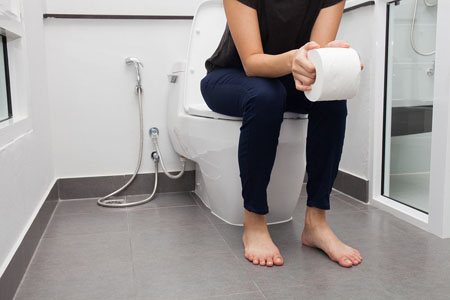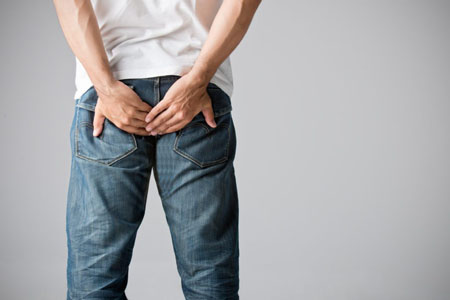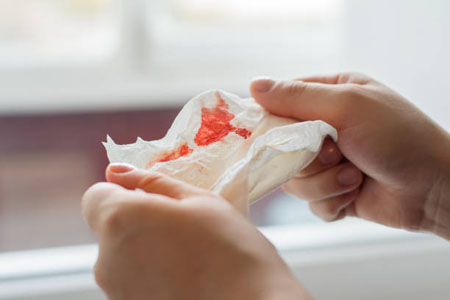Causes of Pilonidal Sinus
The cause of these cysts is not clear. They may form when a hair is forced under the skin or when a hair follicle ruptures. Or, a person may be born with the cyst.
These cysts are often diagnosed in people between the ages of 16 and 26. But people of any age can have a pilonidal cyst. And they affect both men and women, although more common in persons having excessive hair in the gluteal folds.
How it is formed
It is commonly seen in hairy men. When a person sits, buttocks takes maximum pressure. As they rub against the clothing etc, hair breaks off which gets collected in the cleft between the buttocks. These gradually penetrate the skin or enter the opening of the sweat gland forming sinus. Gradually more hairs are sucked into the sinus forming a tuft of hair.
Nearly all patients have an episode of an acute infection (the area is swollen, tender and may drain pus). After the infection settles, many patients develop a sinus, which is a cavity below the skin surface . The sinus extends into the subcutaneous planes as an infected track. There may be branching side channels that connects to the surface through one or more small openings.
Symptoms of Pilonidal Sinus
A Pilonidal cyst does not cause symptoms unless it becomes infected. Infection may cause the following symptoms:
- Symptoms vary from a small dimple to a large painful mass
- One or more Pits are formed in the skin of gluteal fold
- Pits may be plugged with hair
- Abscess forms when drainage of pit is blocked.
- Pain, redness, and swelling of the cyst and area around it
- There may be a discharge that is clear, cloudy or bloody.
- Foul-smelling drainage from the cyst
- Fever
Diagnosis
A Pilonidal cyst can be diagnosed by how it looks and by its location. Your doctor will examine the suspected cyst to confirm a diagnosis. You will be told if any tests are needed.
Preventing Infection
A pilonidal cyst can easily become infected. Do the following to help prevent infections:
- Keep the cyst and surrounding skin area clean.
- Remove hair from the area of the cyst regularly. Ask your doctor about safe hair removal products or procedures.
- Avoid sitting in one position for long periods of time. This helps to reduce weight and pressure on your tailbone area.
- Sitting on a special cushion to relieve pressure on the tailbone may also help.
- Avoid tight-fitting clothing to reduce skin irritation around the cyst.
- If discharge is present, keep a cotton pad over the opening to avoid soiling of clothes.




